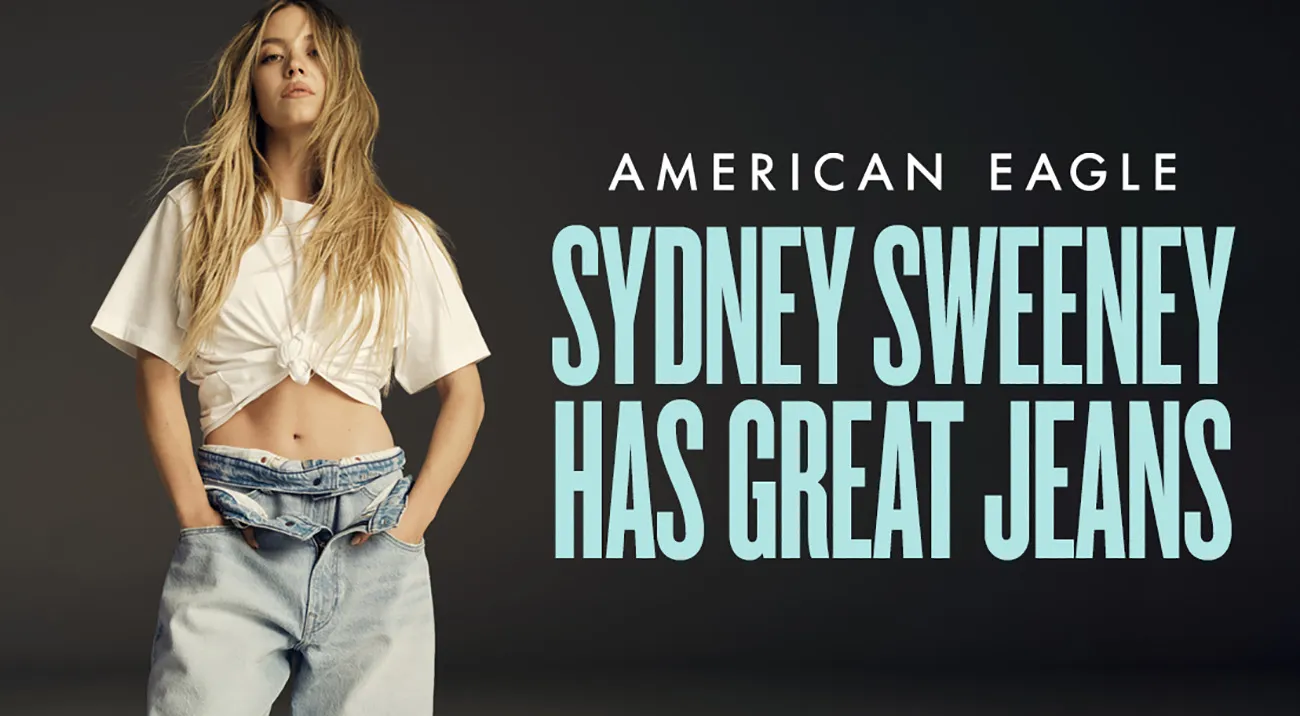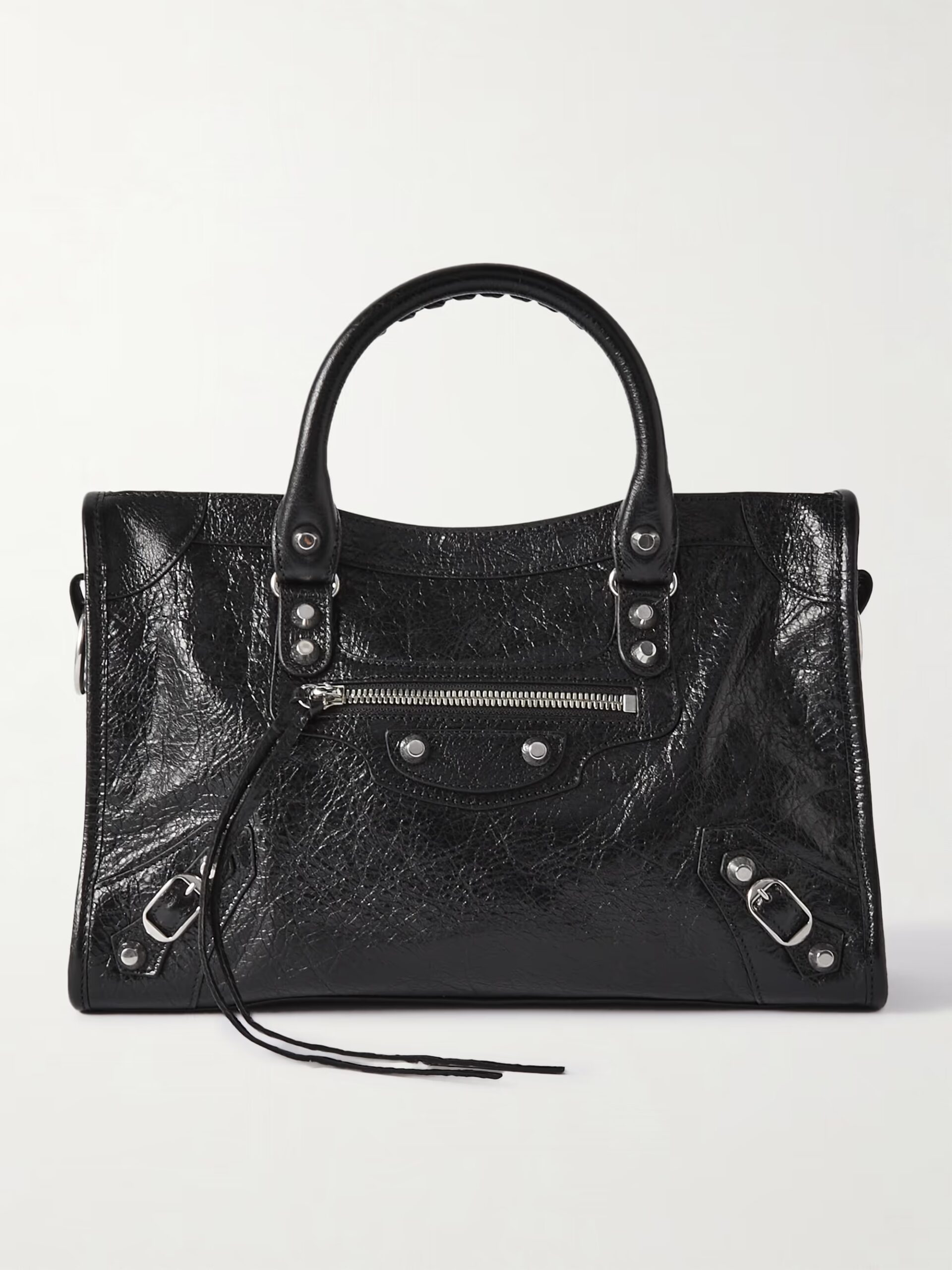Gen Z’s Impact on the Future of Youth Culture and Consumer Trends

Youth culture has long been a potent force behind changes in social movements, fashion, music, and art. What it means to be youthful is redefined differently by each generation. Youth expression has long influenced world culture, from the Soul Train of the 1970s to skateboarding in the 1990s, or from anti-war flower power in the 1960s to graffiti tags in the 1980s. Gen Z is redefining youth culture today, this time as a flexible, digitally native subculture with increasing creative and financial influence. The advent of Gen Z’s values and “radical movements” today marks a change in the way youth culture is commodified, disseminated, and capitalized on, as each generation has reframed what youth means in its own time.
Today’s youth culture is a potent movement that is influencing how brands interact and communicate, not just a collection of fads. Navigating this changing terrain is not without debate, though. Consider the recent Sydney Sweeney campaign for American Eagle, which caused criticism due to a wordplay in the advertisements rather than the jeans themselves. The term “genes” is painted over to read “jeans” in one variation, which places Sweeney in front of a banner that reads, “Sydney Sweeney has great genes.” Some interpreted the subtle allusion as reflecting controversial nationalist ideas, while others claimed it touched on delicate cultural and political conflicts in America.


Although many jean sizes have sold out and the money has gone to mental health charities, the controversy shows how delicate marketing to Generation Z has become. It’s interesting to note that reports also demonstrate how the marketing hurt foot traffic for the company. Following the campaign’s launch on July 27, data indicate a significant nine percent year-over-year drop in retail visits during the week starting August 3. This decline stands in stark contrast to the previous weeks, when traffic increased by almost 6%.
Millennials Vs Gen Z Subcultures

One could contend that physical revolt and unique subcultures, which frequently took years to gain traction, were major factors in the millennial generation’s identity formation. On the other hand, Gen Z’s cultural influence is decentralized, instantaneous, and digital. To get attention, millennials usually had to create a lot of noise. Their subcultures were developed in real-world settings, such as clubs, concerts, or street culture, and were represented through political beliefs, musical styles, and fashion outfits. It took years for trends to gain widespread acceptance; thus, this was a gradual build. However, Gen Z’s subculture flourishes on digital platforms because social media allows users to rapidly broadcast their personal ideals, loves, and dislikes. Trends start overnight and quickly gain traction because to extensive digital transmission. This natural development is more about genuine self-expression shared globally without regard to geographical or physical boundaries than it is about resistance.
Why, then, is the Gen-Z subculture so hard to find? Gen Z’s subculture is difficult to “see” because it spreads quickly online, frequently overnight, and eventually becomes the norm thanks to digital broadcasting, which is a more efficient and non-aggressive method of establishing and disseminating a subculture.
Gen Z’s Digital Subculture(s)
@brycekicks As always wear what you like? What trends do you think will be big in 2025? #mensfashion #fallfashion #outofstyle #2025 #fashiontrends ♬ UNSTOPPABLE EVENING – finetune
The ideals and aesthetics of Generation Z are now defined by a number of digital-first groups. As Gen Z rejects rapid fashion and turns toward eco-conscious curation, slow fashion and thrift culture have become prominent examples. Today’s youth curate outfits from secondhand finds in reaction to environmental concerns and rejection of fast fashion, particularly on platforms like Depop. This trend supports vintage Y2K revivals on marketplaces like TikTok, profits from nostalgia while decreasing trash, and is consistent with larger environmental values and recycling culture.
Diversity and inclusivity have emerged as key elements of brand marketing campaigns, especially in the fashion and beauty sectors. A dedication to equity and acceptance is reflected in the demand for longer fashion sizes, a wider range of makeup shades, and media representation. Low-waste living and environmental consciousness are linked to eco-conscious minimalism’s clean, straightforward aesthetic. In the meantime, selected, deliberate online sharing of vulnerability and mental health awareness promotes empathy and secure online environments. In order to build hybrid and ever-evolving subcultures, Gen Z also revitalizes classic fashion eras like Y2K or Cottagecore by fusing old aesthetics with new ideas.
How Brands Commodify Gen Z Subculture
Youth culture and consumer trends have been influenced by Gen Z’s online subcultures, such as Cottagecore’s love for nature, Y2K Maximalists’ daring retro revival, and Goblincore’s embracing of chaotic, anti-glam aesthetics. Companies that capitalize on these trends do so by modifying their goods and advertising to appeal to these specialized tastes and ideals. Fast fashion companies like Urban Outfitters and Zara, for instance, have introduced thrift-inspired collections that appeal to Goblincore and thriftcore enthusiasts by fusing “ugly” designs with purportedly “sustainable” materials. Beauty companies like Fenty Beauty, meanwhile, have responded to Gen Z’s need for diversity and self-expression by expanding their hue selections and using fun packaging. Limited-edition lip glosses and accessories that capitalize on the Y2K mania have been released by premium labels like Dior, who have also profited from viral social media trends. Brands may increase sales through social commerce and viral campaigns and establish cultural credibility by working with producers and influencers in these subcultures. In the end, this strategy satisfies Gen Z’s need for authentic connection while transforming grassroots cultural movements into lucrative, marketable goods.

But a lot of this marketing is still a joke; companies frequently use greenwashing to promote sustainability without conducting thorough efficacy studies to support their claims. Many first tried only altering their appearance to fit in with Gen Z subcultures, but when it didn’t create enduring trust, they went further by promoting sustainability.
Controversy Does Not Equal Cultural Cache
Brands have a great chance to reinvent themselves by going back to their origins as Gen Z changes consumer culture. Businesses can appeal to nostalgia while updating these components for the current market by adopting retro logos, packaging, and product lines. Redesigning legacy designs is a trend that not only supports successful comebacks but also puts companies in a position to engage with a generation that is currently setting the direction of the industry. Businesses are finding that combining innovation and legacy is a successful way to win over Gen Z’s allegiance and promote growth.

But cultural cachet is no longer assured by controversy. Luxury Maisons like Balenciaga have succeeded by authentically embracing subcultures like motorcycles and biker styles, whereas American Eagle’s recent ad campaign generated debate but produced mixed results. This shows that genuine connection, not controversy, is the key to gaining customer loyalty and promoting sustainable growth.
For more on the latest in luxury fashion and style reads, click here.
READ MORE: LAD REPORTING




